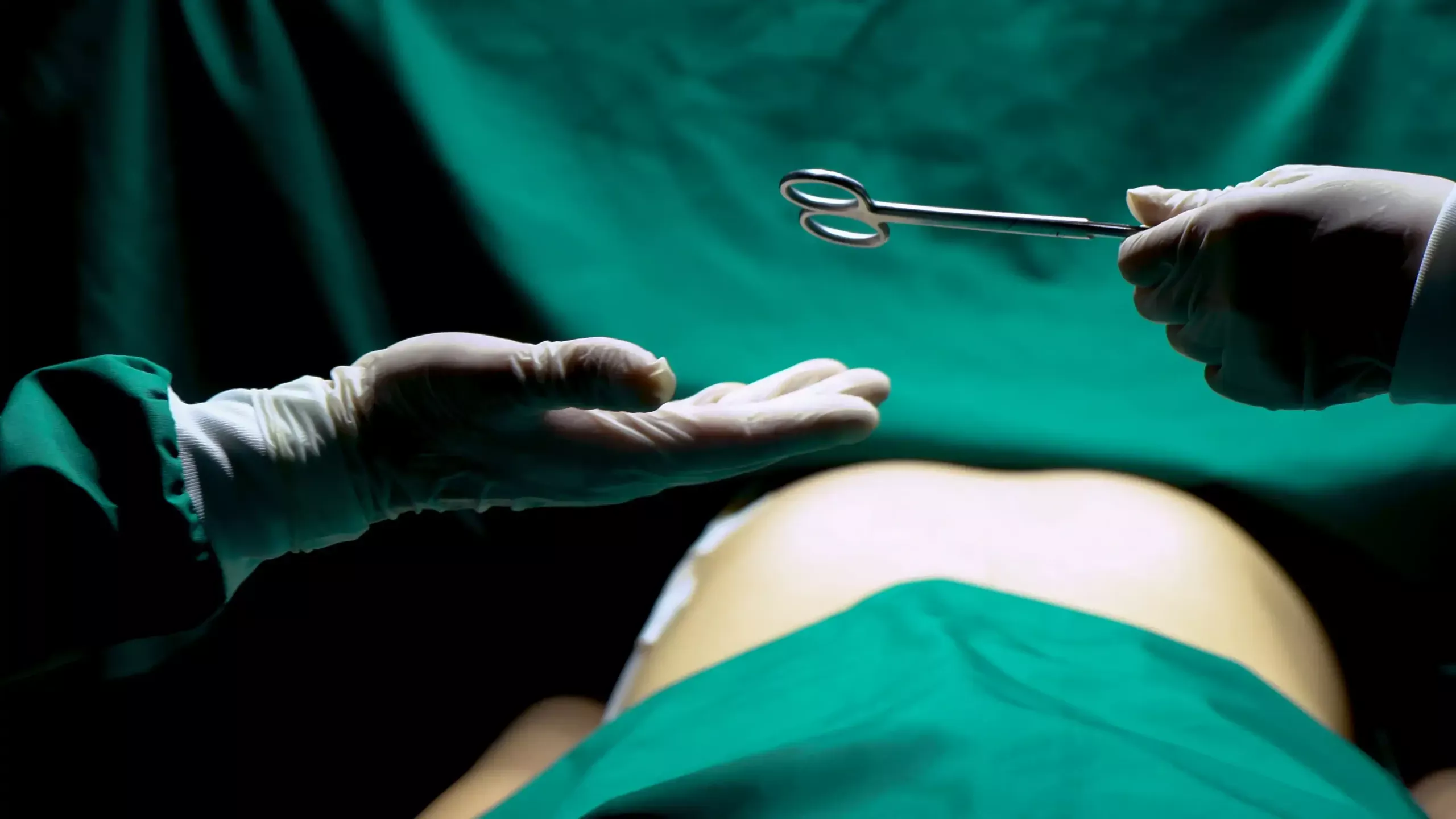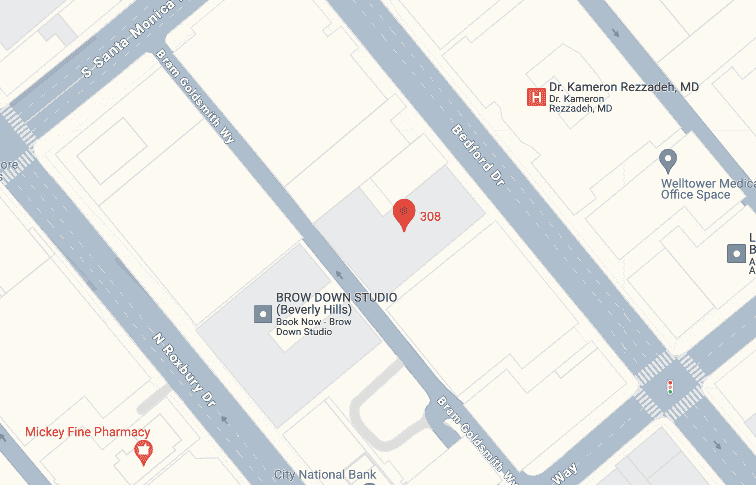What is a pilonidal cyst?
It is a cyst that appears at the top of the buttocks around where the cheeks meet, usually in or around the area above the tailbone. The cyst will generally contain an ingrown hair or hairs along with smaller pieces of skin. This can become infected causing an abscess filled with pus. The cyst is generally caused by an ingrown hair that grows under the skin and due to friction or pressure can become irritated causing the cyst to form. If you have a dimple above your buttcheeks sometimes a pilonidal cyst can form there. A pilonidal cyst is not life threatening, however it is incredibly uncomfortable and can be embarrassing. You can live with one, however if you have the choice you definitely don’t want to. They are painful and can be noticeable by sight and smell, the best option is to visit your doctor and have them do the minor surgery to remove the cyst if your symptoms persist.
What are some signs and symptoms?
Usually a sign that you may have a pilonidal cyst is pain in the area when you are sitting. Swelling, tenderness, a foul odor, and oozing puss from the affected area. The size of the area can also range from a small spot, to a larger area and can be itchy and painful. Can be self diagnosed but as always it’s best to have your healthcare provider take a look at the area for a definitive diagnosis and recommended treatment.
Are pilonidal cyst and a pilonidal sinus different?
The language for pilonidal disease can be confusing as there are multiple terms associated with it – abscess, pits, cysts, etc. The cyst is the cavity of the pilonidal cyst. Typically, pilonidal cysts will have small tunnels leading to the skin, and these tunnels are the sinuses. All in to say, most patients with will have both a pilonidal cyst, the main problem, and the cyst’s associated sinuses (tunnels to the skin tissue).
How long does a pilonidal cysts last?
Pilonidal cysts can be chronic and some people happen to be predisposed to the condition. Additionally being overweight, sitting for long periods of time, and friction in or around the buttocks that tight clothing can cause can also contribute to the likelihood of developing a pilonidal cyst. Sometimes the cyst may “go away” on its own, which are cysts that become completely asymptomatic and may remain so permanently.
Also Read : Here is How You Can Avoid Pilonidal Cysts
How long do pilonidal cysts take to drain?
Draining a pilonidal cyst doesn’t take very long and is dependent on the severity of the condition and the doctor or surgeon performing the minor operation. Generally a local anesthetic is applied to the area, then they use a scalpel to cut open and drain the affected area. Recovering from this procedure usually takes a week or two.
How do I treat a pilonidal cyst at home?
While at-home remedies can alleviate the symptoms and the pain that accompanies a pilonidal sinus, medical intervention is the route that can provide the best results. It is important to note, there is no way to guarantee a pilonidal sinus will not return as every case is different, but consulting a colorectal specialist –someone who has worked with this type of skin infection– will lessen the likelihood of recurrence. Dr. Kamrava always stresses, that any surgeon that offers 100% results, or perfect results, is either lying or has not performed enough surgery. There is no treatment that works in 100% of patients.
Pilonidal Expert – Los Angeles Pilonidal Sinus Treatments
Please call your doctor and visit them for a diagnosis and treatment plan. Located in Los Angeles, Dr. Allen Kamrava will make sure you receive the best care. He is one of the best in the profession specializing in colorectal surgery, he will ensure you walk away happy and pain-free. Schedule an appointment by calling (424) 279-8222 or click here.








